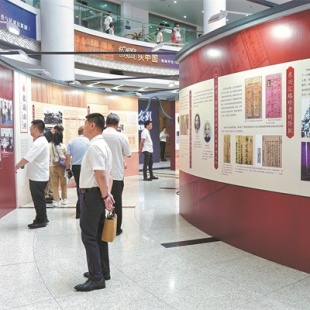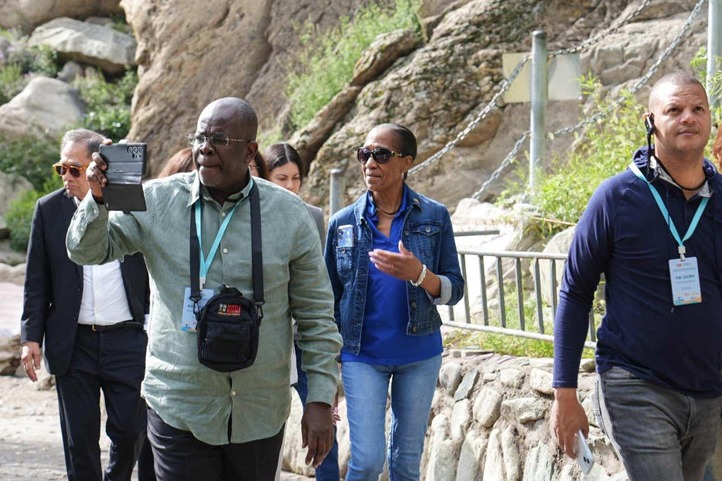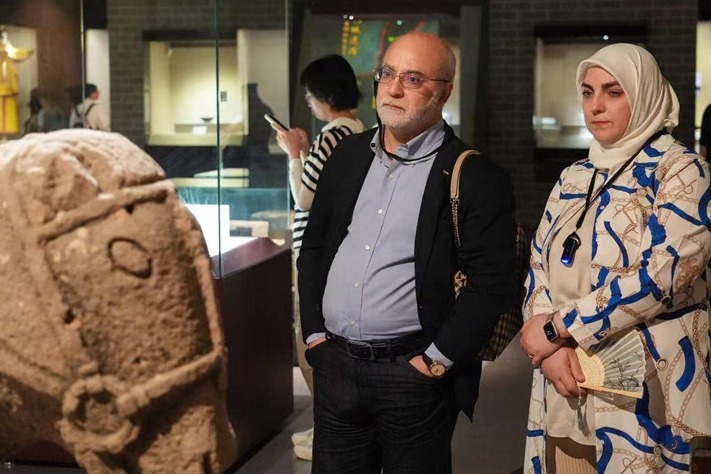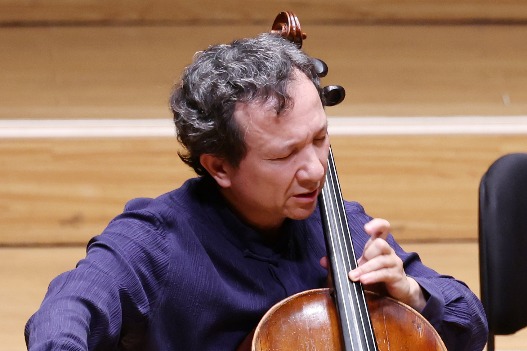Overseas letters of support reveal passionate, enduring patriotic bond

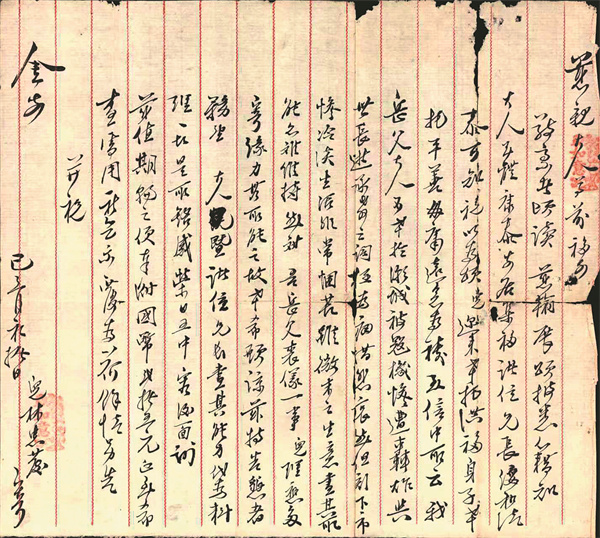
Ma Xuedong, a researcher of culture and history in Shantou, says the Dongxing remittance route was a crucial "blood transfusion line" that sustained the livelihoods of millions of overseas Chinese, with roots in Guangdong's Chaozhou and Shantou and the southern Fujian province.
Ma says this financial artery delivered donations and materials to the rear wartime areas, including Yan'an, a revolutionary base of the Communist Party of China in Shaanxi province. It also facilitated the return of patriotic overseas Chinese to the motherland, many of whom fought in the front lines.
The letters themselves reveal the senders' anguish and resilience. Many accused the Japanese armies of cruelty, urged loved ones to stay safe, and expressed deep concern for the fate of their homeland.
Zhao Yongxing, son of Zhao Kaiqian, a pioneer of the Dongxing remittance route, says he thought of his parents when he saw the qiaopi.
"Back then, my parents' photos were posted all over the street as they were on Japanese wanted list," Zhao says. To him, the exhibition is a way for the public to understand the sacrifices made and the hardships endured.
He adds that the Dongxing route was not just a financial channel but a symbol of resilience and solidarity. It enabled overseas Chinese to remain connected to the motherland and contribute directly to its survival.
Recognized for its historical significance, qiaopi was added to UNESCO's Memory of the World Register in 2013.
Yuan Xiaohong, an associate professor from Shantou Polytechnic, says qiaopi letters are valuable materials for studying the history of modern overseas Chinese.
"Eighty years have passed, we still feel the deep longing of Shantou and Chaozhou people living overseas for their families and hometown."


